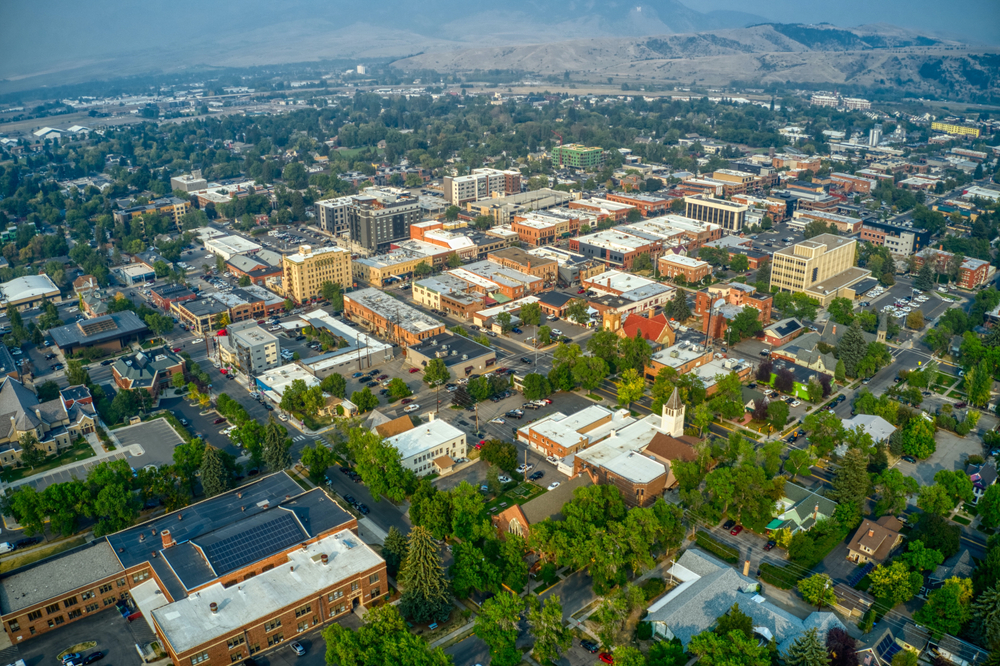
Spend any amount of time at a Bozeman brewery and you’re sure to hear a lot of theories on why Bozeman is growing (some more rational than others). Whatever the theory, it isn’t surprising that a city pairing a high quality of life with a growing economy is attracting newcomers from both out-of-state and across Montana.
Growth
In 2010 the city of Bozeman’s population stood at 36,440 residents. Today it stands at just over 53,000, growing by nearly 46%.
One major driver of the population boom is local employment gains, coming in at around 4% per year. The fastest-growing professions in Bozeman are in professional services, management, healthcare, and construction.
Age
The Bozeman population is relatively young, with 43% of residents aged 20 – 34. In the US, that number is 20.6%. The presence of Montana State University may drive this dynamic.
Notably, Bozeman also has a relatively small population of older residents – an exception to Montana’s overall aging demographics. In 2020, Montana Free Press said the state was, “the grayest state in the west,” noting that it was the 9th oldest in the nation. Only 14% of Bozeman residents are 60 and older, versus 22% in the US.
Household Size
Across the city of Bozeman, 57% of households are renters. Bozeman households are relatively small, with 68% reporting one or two members. In the United States, 61.8% live in households with two or fewer residents.
Income
Bozeman is an increasingly affluent community. Since 2010, households with incomes over $100,000 has grown by 73%. Such households account for roughly one-quarter of the population. Half of the population reports a household income of over $60,000 annually.
One challenge for Bozeman is housing affordability. While the city is increasingly affluent, with growth in high-quality jobs, the housing stock is increasingly expensive. While median wages have increased around 25% over the past decade, rents increased by over 110%.
Takeaway
We don’t doubt that Yellowstone has inspired a few folks to buy a fancy Stetson and head to Montana. But beyond the influx of these self-styled John Duttons, Bozeman has some real heft behind its rapid growth. An expanding employment base will continue to propel population growth and may help ensure a stable future for the community.


